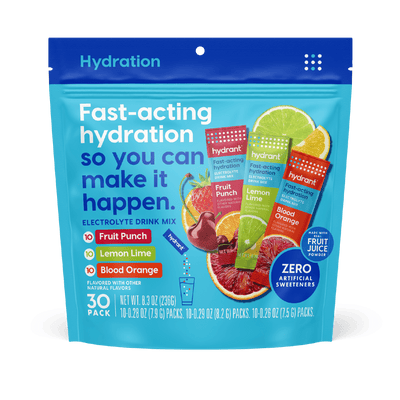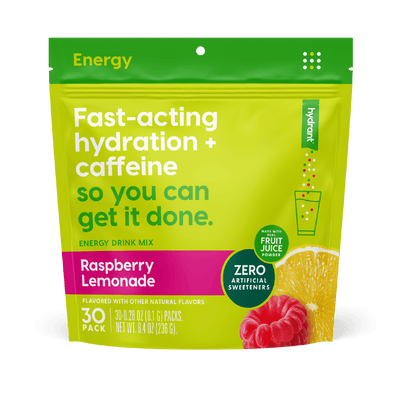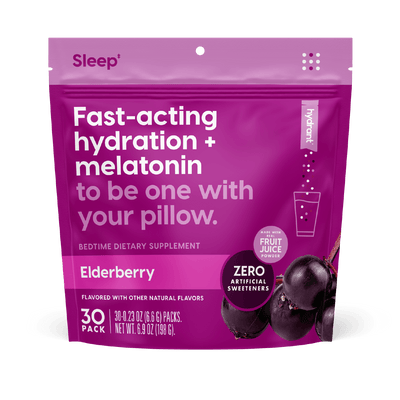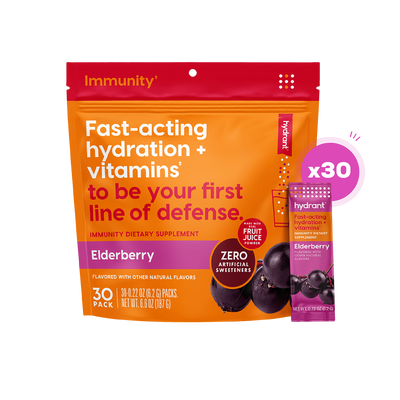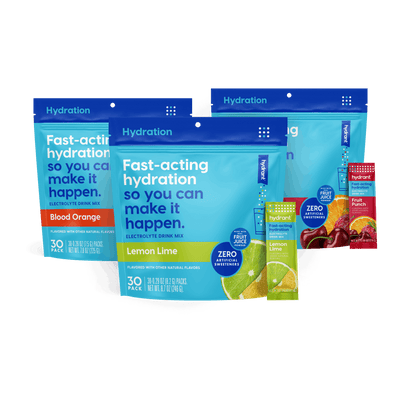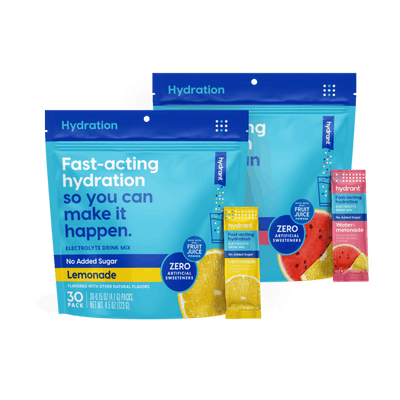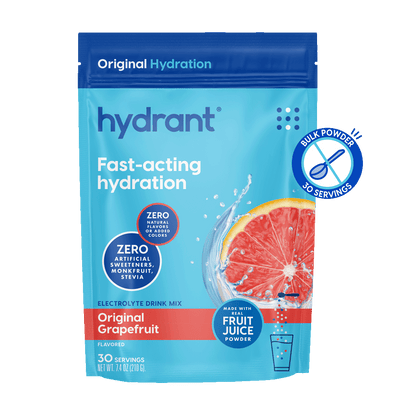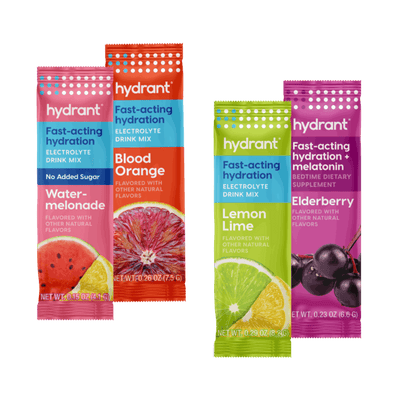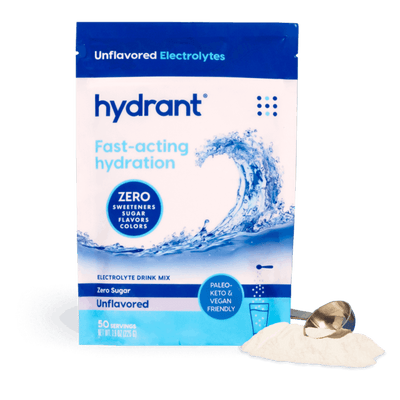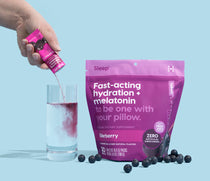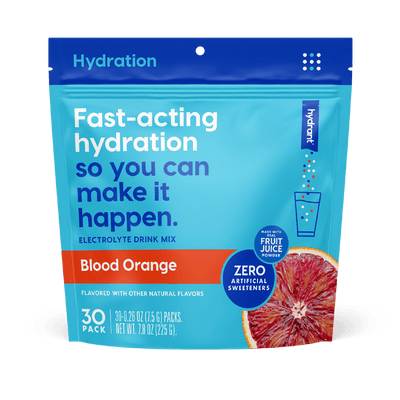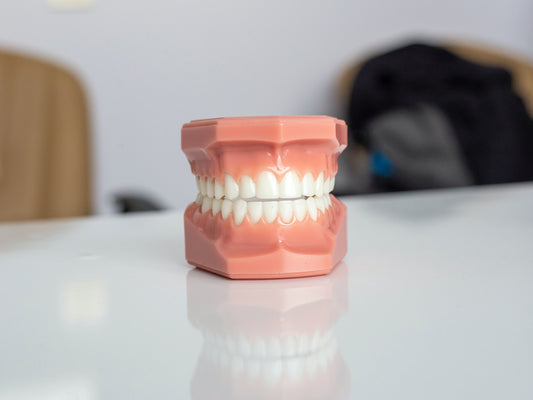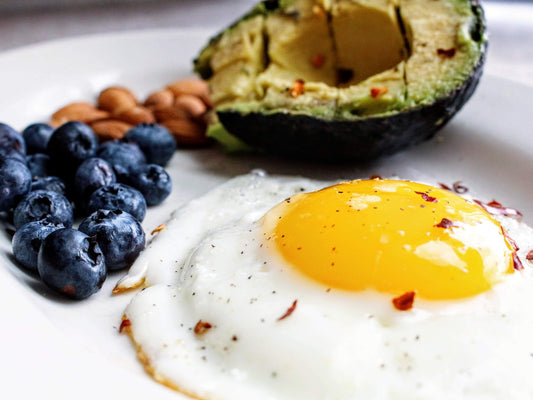Throughout the world, about half of all adults have experienced a headache at least once in the last year [1].
Do you get headaches often? Do you ever get a headache while driving? What about a headache after driving?
If you said “yes” to any of these questions, read on to learn more about driving-related headaches. You’ll also learn some tips that can help you address them.
Possible Driving Headache Causes
There are quite a few reasons why you might experience headaches while driving or after driving. The following are some of the most well-known:
Poor Posture
Think about your posture while you drive. Are you sitting up straight with your core engaged, shoulders pulled back, and head directly over your shoulders?
Probably not, especially when you’re on a long car trip.

When you slouch for extended periods of time with your head leaning forward, it’s common to experience tension headaches.
According to Kenneth K. Hansraj, the chief of spine surgery at New York Spine Surgery & Rehabilitation Medicine, this posture can place up to 60 pounds of pressure on the upper part of the spine [2]! If you sit that way for hours while driving, that sounds like a recipe for a headache, doesn’t it?
Eye Strain
Any kind of activity that requires a lot of eye concentration, including focusing on the road while driving, can cause your eyes to become tired faster. When you’re straining to maintain your focus on the road, there’s a good chance you may end up with a headache [3].
There are certain times of day when eye strain and headaches from driving are more likely to happen.
For example, if you’re driving at night, you might catch yourself straining more than usual to see in the dark. The same can happen if you’re driving on a particularly sunny day. Squinting to see through the glare from the sun will put additional strain on your eyes and may trigger headaches for some folks.
Dehydration
If you regularly experience a headache after driving a long distance, it’s possible that dehydration could be part of the problem.
Do you typically keep a bottle of water on hand while you drive, or do you spend hours in the car without any fluids at all? If the latter is true, and if you’re not hydrating before you get in the car, you end up arriving at your destination dehydrated. This, in turn, is setting you up for a headache.
When you’re dehydrated, your brain shrinks temporarily [4]. This shrinkage then triggers the pain receptors that surround the brain, which causes a headache.
Hunger
Folks who don’t eat before getting in the car for a long drive, as well as those who drive for extended periods of time without any snacks, may be more likely to deal with headaches while driving or after driving.
When you don’t eat regularly, your blood sugar drops. Low blood sugar triggers the release of hunger hormones [5]. These hormones also raise your blood pressure and cause blood vessels to tighten. This restricted blood flow can cause headaches [6].
Jaw Tension
Do you ever catch yourself clenching your jaw or grinding your teeth when you drive? If so, that could contribute to your headaches.
The temporomandibular joint (or TMJ for short) connects your jaw and skull. There are lots of muscles that support this joint, and clenching your jaw for long periods of time can cause tension in these muscles. When these muscles are tense, you can end up with a headache (as well as toothaches, earaches, and even shoulder aches) [7].
Solutions for Driving Headaches
It’s always best to talk to your doctor if you’re dealing with driving headaches on a regular basis.
Doctors can run tests and help you get to the bottom of what’s causing them. They can also help you figure out a plan for managing them.
Here are some potential solutions your doctor might suggest:
Protect Your Eyes
If you suspect that eye strain is contributing to your driving headaches, take steps to manage eye fatigue. There are lots of ways to do this, including the following:
- Don’t drive when you’re tired
- If you have prescription eyewear, wear it while driving
- Consider wearing glasses instead of contacts (contacts can be irritating when worn for long periods of time)
- Don’t point the air conditioning vents toward your eyes
- Wear sunglasses when driving during the daytime
Keep in mind that if you have allergies, they may make eye strain while driving worse and may increase your risk of headaches. As always, talk to your doctor if there are any questions or concerns.
Stay Hydrated
Avoiding dehydration while driving may also help to reduce your driving-related headaches. Make sure you’re drinking water before you get in the car, and keep a water bottle on hand so you can hydrate while on the road as well.

Some people might be hesitant to drink before or while driving because they don’t want to have to stop for lots of bathroom breaks. Remember that forgoing fluids altogether won’t set you up for a successful, comfortable drive, though.
Consider including an electrolyte drink mix (like Hydrant) in your pre- or intra-drive water, too. If you’re not consuming a sufficient amount of electrolytes, you might experience headaches or other dehydration symptoms even if you are technically drinking enough water.
Drink mixes also add flavor to your water, which can make it more refreshing and enjoyable. Plus, if you need a need a boost of energy on the road consider a drink mix like our ENERGY mixes, which have hydrating electrolytes and caffeine from green tea to help with energy and focus.
Fuel Yourself Properly
Fueling yourself properly before a long drive can help you to balance blood sugar and stave off headaches. As a general rule, the best way to avoid blood sugar crashes is to make sure your pre-drive meal or snack contains protein, fat, and fiber.
Fat and fiber both help to slow down digestion, which prevents blood sugar crashes [8]. Protein is the most satiating macronutrient, so eating a good source of it before you get in the car will help you to stay fuller longer [9].
What does a good combination of protein, fat, and fiber look like? An example might be a cup of Greek yogurt mixed with berries, or some hard-boiled eggs with whole-wheat toast.
Stretch It Out
Doing a little stretching before and after your drive can help you to release tension in your neck and shoulders. The less tension you have, the less prone you’ll be to poor posture and headaches.
Here are two stretches you can do to reduce tension and prevent headaches:
- Neck rolls: Sit or stand up straight with your head over your shoulders; bring your chin down to your chest, then slowly draw a circle with your nose; try to make the circle as big as possible, but don’t push through any tight spots or pinching feelings
- Chest opener: Sit or stand up straight, reach behind you with both arms, and clasp your hands; rotate them so your palms face away from you and slowly lift your palms up toward the ceiling
Support Your Back
You can also avoid tension and tension headaches by supporting your back while you drive.
Find an angle that feels good to you, and adjust your car’s seat so you’re not slouching. You can also roll up a towel or place a small pillow behind your lower back for some extra support.
Relax Your Jaw
Relaxing your jaw while driving can make you less prone to headaches. This is easier said than done, though. You’ve probably been clenching your jaw while driving for so long that you don’t even realize you’re doing it.
Try associating jaw relaxation with something you often see while driving. For example, you can create a habit of relaxing your jaw and taking a deep breath every time you reach a stoplight or pass a certain billboard on the highway.
Time Your Trips Right
You might be more prone to eye strain (and the headaches that often accompany it) when you drive at certain times of the day.

If you notice that you get headaches after driving at night or in the early morning when the sun is first coming up, for example, try to plan your trips so that you’re not driving at these times.
This isn’t always possible, of course. If you can make arrangements and avoid driving during times that seem to trigger headaches, though, try to do so.
Schedule Breaks
Finally, try to schedule breaks when taking long car trips, too. Every hour or so, pull over and do the stretches mentioned above. Get a drink or eat a snack as well to avoid dehydration and blood sugar crashes.
If you can, be sure to plan your trips so that you’re making room for these breaks. That way, you’ll be able to reduce your risk of headaches and you won’t have to rush or worry about getting to your destination late.
Address Your Headaches Today
Dealing with a headache from driving can be frustrating, to say the least. Luckily, you don’t have to just grit your teeth and suffer through them.
If you’re tired of driving headaches, talk to your doctor about giving the solutions listed above a try. They can help you manage your discomfort and enjoy driving again.
